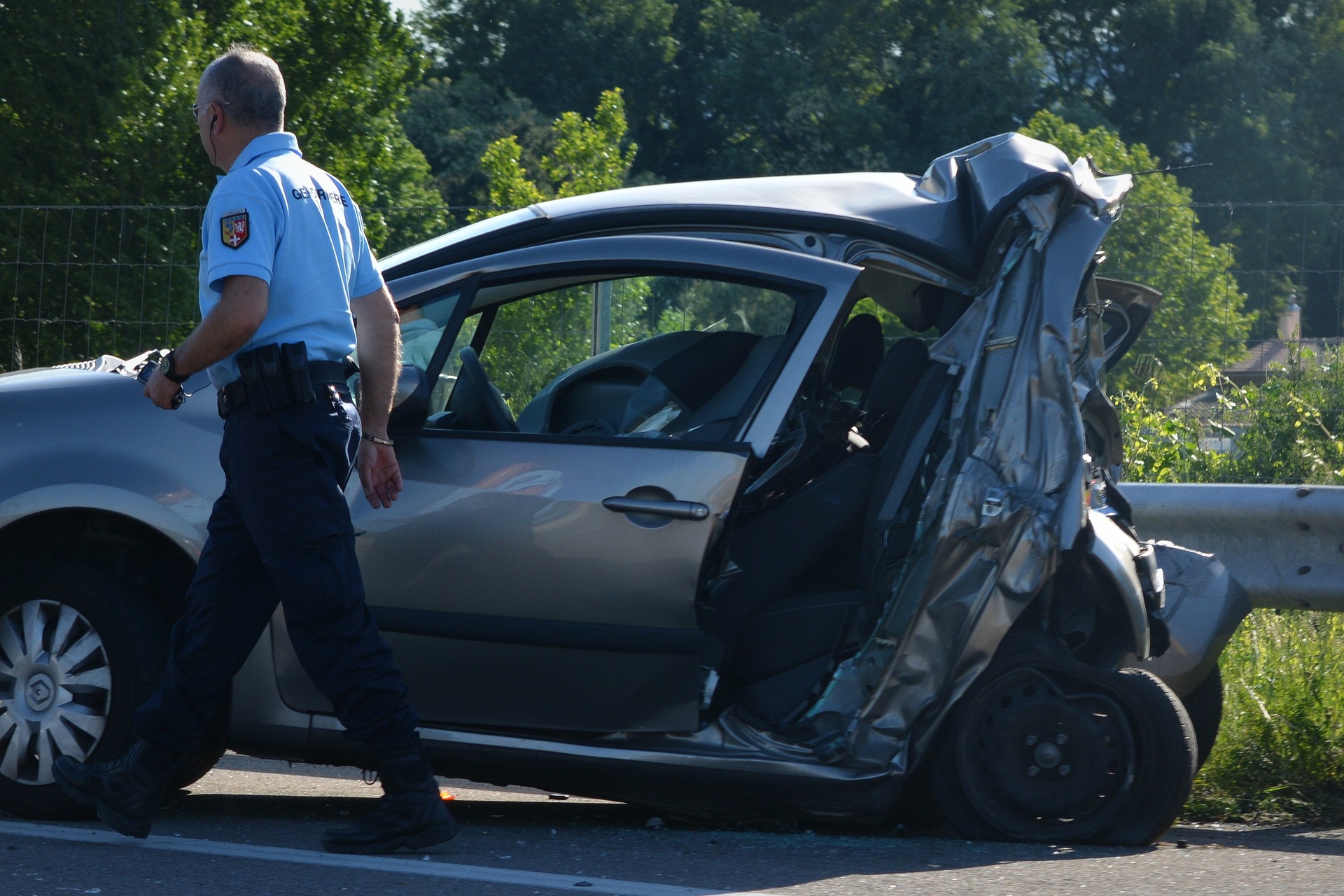 Drowsy driving is a significant problem in the United States. An estimated 1 in 25 adult drivers reports falling asleep while driving in the previous 30 days and the National Highway Traffic Safety Administration estimates that drowsy driving is responsible for approximately 72,000 crashes annually.
Drowsy driving is a significant problem in the United States. An estimated 1 in 25 adult drivers reports falling asleep while driving in the previous 30 days and the National Highway Traffic Safety Administration estimates that drowsy driving is responsible for approximately 72,000 crashes annually.
How You Can Avoid Drowsy Driving Accidents
Those crashes are responsible for about 44,000 injuries and 800 deaths, and it’s believed these numbers are underestimated.
Everyone is at risk of drowsy driving, but some drivers have a higher risk factor than others:
-
Drivers who use medications that make them sleepy
-
Shift workers who work long shifts or overnights
-
Commercial drivers, such as truck drivers, tow truck drivers, and bus drivers.
-
Drivers who don’t get enough sleep
-
Drivers with untreated sleep disorders, such as sleep apnea or insomnia
Individuals who snore, or usually sleep for six hours or less per day are most likely to report falling asleep while driving.
The Warning Signs of Drowsy Driving
Drowsy driving isn’t a sudden phenomenon, and it can easily creep up on you. You might feel alert when you take the wheel, but your energy and alertness can quickly deteriorate as you’re driving.
Unfortunately, that doesn’t make it any less dangerous, and sleepiness can make you feel as impaired as a drunk driver. Your concentration, awareness, and alertness suffer, so you’re not able to drive safely.
It’s important to recognize the signs of drowsy driving so you can pull over and take action rather than continuing to drive when you’re too sleepy to do so. Common drowsy driving signs include:
-
Drifting from your lane
-
Hitting a rumble strip on the side of the road
-
Frequent yawning or blinking, nodding your head
-
Missing your exit
-
Trouble remembering the last few miles you’ve driven
What to do if You Think You’re Driving Drowsy
If you think you may be too tired to drive safely, it’s important that you stop driving as soon as possible. Pull over at the next exit so you can stay safe. Once you pull over you can:
-
Change drivers
-
Take a nap
-
Stop for the night
-
Get out and stretch
-
Drink coffee
Stretching and drinking coffee are temporary solutions, however. Changing drivers can be especially helpful if the other driver is still alert.
However, sleeping, whether that’s napping or stopping for the night, is the most effective solution.
Drowsy Driving Prevention
You can stop the dangerous situation of drowsy driving before it starts by taking preventive measures. First and foremost is getting adequate sleep at night.
-
Get enough sleep at night. Make sleep a priority every night. Adults typically need seven to seven and a half hours of sleep each night, and teens need at least eight hours.
-
Take care to schedule your day around sleep, not the other way around, especially when you’re planning long road trips. If you struggle to sleep in hotels during road trips, consider bringing an air mattress to stay comfortable and rest well.
-
Practice healthy sleep hygiene. Getting quality sleep is important at home as well. Stick to a regular sleep schedule and maintain a daily bedtime routine so your body can benefit from consistency and get to sleep easier.
-
It’s also a good idea to avoid sleep pitfalls, such as caffeine late at night, screen time before bed, and heavy meals just before bed.
-
Take care with medications. Always read warning labels on medications to find out if they can make you sleepy. Talk to your doctor and pharmacists about when and how you should take your medications to avoid driving when they may cause drowsiness.
-
Address sleep issues. If you’re suffering from sleep disorders such as insomnia or sleep apnea, talk to your doctor about treatment. Undiagnosed or untreated sleep disorders can rob you of the sleep you need to function well in daily life, including driving safely.
-
Drive on alert for drowsy drivers. Even if you’ve slept well and have enough energy to drive safely, that doesn’t mean others have. You should always drive on alert, watching out for drowsy drivers, especially at night. Most drowsy driving accidents happen between midnight and 6 a.m., and drowsy drivers often veer into adjacent lanes or run off the road, taking out whatever is in their path.
